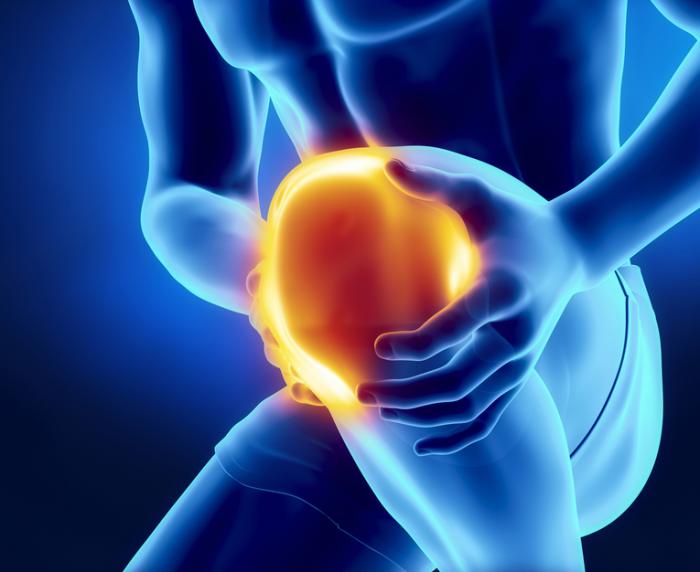- Home
- Dr. Rahul Bade
- Knee Problems
Meniscus Injuries
Cartilage Injuries
- Knee Treatment
Cartilage Treatment
Meniscus Injuries Treatment
- Meniscus Repair
- Meniscal Root Repair
- Partial Meniscus Removal
Arthritis Treatment
Knee Cap Treatment
Ligament Injuries
- Anterior Cruciate Ligament Repair
- Anterior Cruciate Ligament Reconstruction
- Posterior Crutiate Ligament Repair
- Posterior Crutiate Ligament Reconstruction
- Medical collateral ligament Repair
- Medical Collateral Ligament Reconstruction
- Lateral Collateral Ligament (LCL) Reconstruction
- Arthroscopic Fixation Of ACL Fracture
- Arthroscopic Fixation Of PCL Fracture
- Management of Multiligament knee Injuries
- Shoulder Problems
- Shoulder Treatment
- Ortho & Trauma
- Robotic Joint



